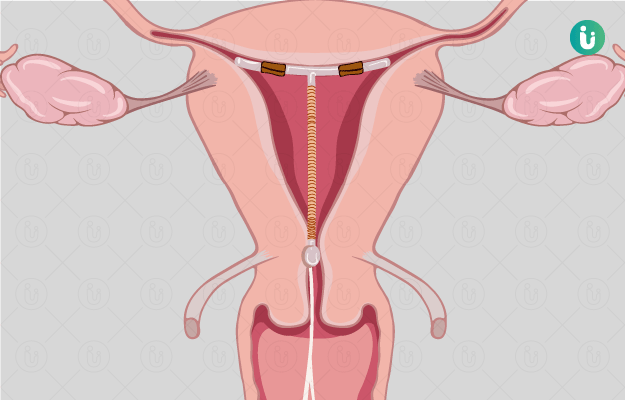The human body (both boys and girls) can usually bear a pain of 45 del (del; a unit of measuring pain). But during delivery, women feel a pain of 57 del. Which is equal to the pain caused by breaking 20 bones at once. This is actually called labor pain. Labor pain and subsequent delivery are also called the birth of a child or the end of pregnancy. Delivery is of two types, normal delivery or cesarean delivery (C-section). In 2015, 13.5 crore children were born worldwide, out of which about 1.5 crore children were born before the 37th week of pregnancy, while 3 to 12% children were born after 42 weeks. Nowadays most deliveries take place in the hospital, but even today in many places most births take place at home with the help of a midwife.
The most common method of delivery is vaginal delivery. This type of labor has three stages: the cervix shortening and widening, the cervix dilating to allow the baby to be born, and the birth of the baby and placenta. Most babies are born head first. However, about 4% of babies are born feet or hips first. In 2012, about 23 million deliveries were by C-section. A cesarean is usually done when there are signs of twins or babies in distress or being born in a breech position. The surgery can take longer to recover.
(Read more - Uterine contractions in pregnancy)













































